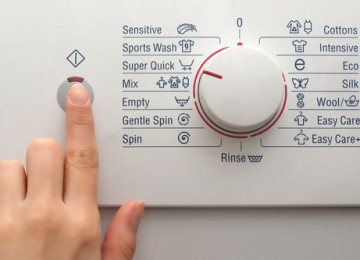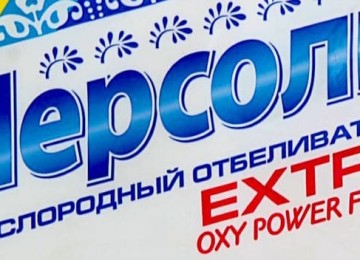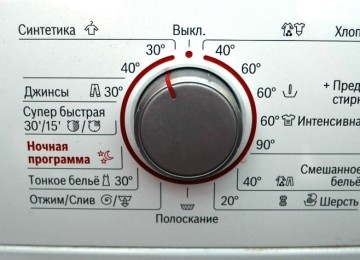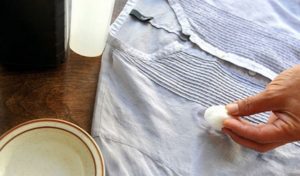 Every person encounters an unexpected problem in his life: the appearance of stains on clothes. A favorite item can serve its owner for a long time, but a planted blot darkens the mood and discards the item of clothing for scrap. How remove a stain of unknown origin? How to extend the life of a damaged item?
Every person encounters an unexpected problem in his life: the appearance of stains on clothes. A favorite item can serve its owner for a long time, but a planted blot darkens the mood and discards the item of clothing for scrap. How remove a stain of unknown origin? How to extend the life of a damaged item?
Types of stains
Before you start cleaning things from contamination, you need to determine the nature and approximate composition of the stain. It's not easy to do. Methods for removing stains from clothes differ from the nature of the contamination. It is much easier to clean off fresh dirt, especially if you know where it came from. The situation is more complicated with old divorces of unknown origin. The worst stains to remove are blood, grease, wine, fuel oil, brilliant green and rust.
The composition of the contamination can be determined approximately. Oily stains have blurred boundaries; at first the stains are intensely dark, and then lose their saturation and become matte. Food water-soluble contaminants have clear contours; they are lighter in the middle than at the edges. Brown spots are most likely traces of blood.
How can you remove an old stain?
First, figure out what fabric you need to work with. It is most difficult to get rid of embarrassment on such delicate fabrics as silk, satin, velvet.Not every stain remover is suitable for all fabrics. Acid, alkali, and alcohol destroy some types of fabric. Products containing acid may discolour painted material. You need to know the features of stain removal for various fabrics:
- acetate (artificial) silk, viscose and bologna do not tolerate vinegar and acetone;
- nylon and nylon - gasoline, benzene;
- nylon, nylon, wool and natural silk - concentrated alkali solutions.
To remove any type of contaminant, special treatment is required. In order to determine what to use in a particular case, it is necessary to understand what type of contamination can be classified as: water-soluble, fatty or protein. The first ones can be removed with an aqueous solution of laundry soap. Fatty - substances that dissolve fat. These are organic solvents (acetone, white spirit, purified gasoline, alcohol, etc.), as well as salt, sugar, soda, depending on the type of fabric. Protein is the most resistant and requires the use of various stain removers.
After a good feast, the need often arises remove stains from the tablecloth. As a rule, contaminants of various types remain on it: from drinks to main dishes and desserts. It is quite difficult to revive a tablecloth, since you will have to use various stain removers. It is advisable not to let the stains dry out. Be sure to remove it after using one product and rinse off any traces before using another.
Of course, it is easier to choose a method for removing pollution if you know where it came from, and if it has just been planted. But such conditions do not always exist. The housewife has to deal with old stains on clothes of unknown origin.What stain remover should I use in this case?
Before directly removing old stains, it is necessary to soak both the dirt that caused the stain and the fabric on which it took root. If, for example, on the jacket or trousers technical stains, it is advisable to soak them in turpentine for a while, and after that treat them with the appropriate composition. Before processing, white items can be kept in a slightly acidic solution of acetic, citric or oxalic acid. Soak colored items well in saline solution.
Ordinary laundry soap made from animal fats removes contaminants of unknown origin quite well. Lather the stained area generously for 20-30 minutes, then gently rub and rinse the item. The procedure can be repeated. Finally, wash the item as usual. Laundry soap is a light bleach, so it should not be used on products that have a “no bleaching” symbol on the label.
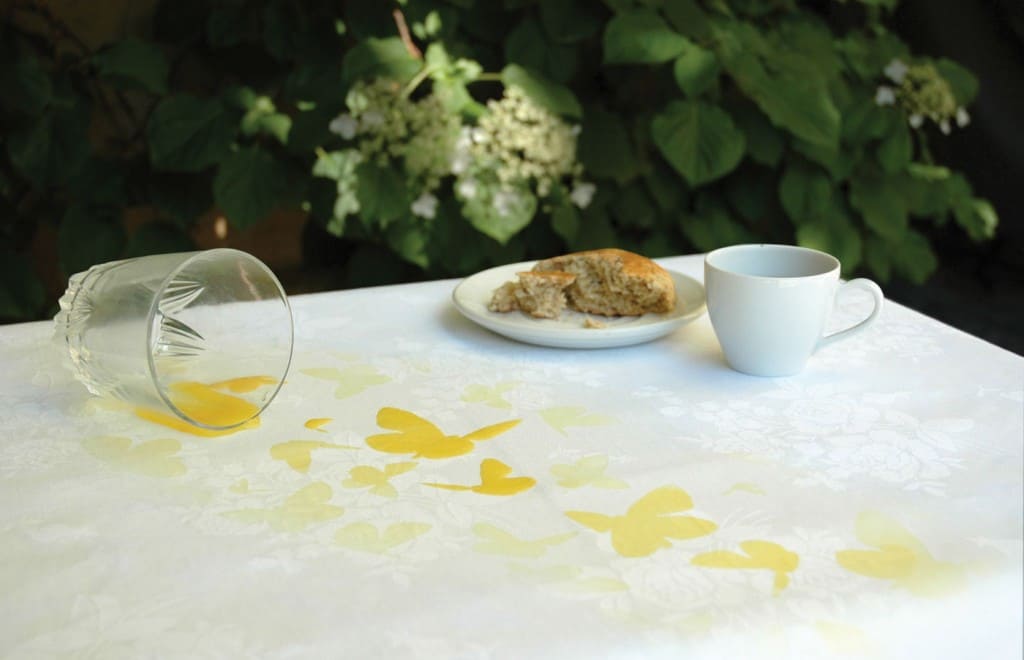
You can remove contamination of unknown origin using glycerin - this is a viscous substance made from fats of animal and plant origin. It needs to be slightly heated and the area of contamination treated. After 20 minutes, go over the stain again with a glycerin swab. Then wash the item as usual.
Oxygen bleach will help get rid of contaminants of unknown nature. See instructions for use on the product.
For removing stains of any origin with colored clothes Apply “Fairy” to the problem area for 20-30 minutes, it can dissolve fat and remove color pigment. Then soak the entire item in the product solution, wash by hand, and rinse well.
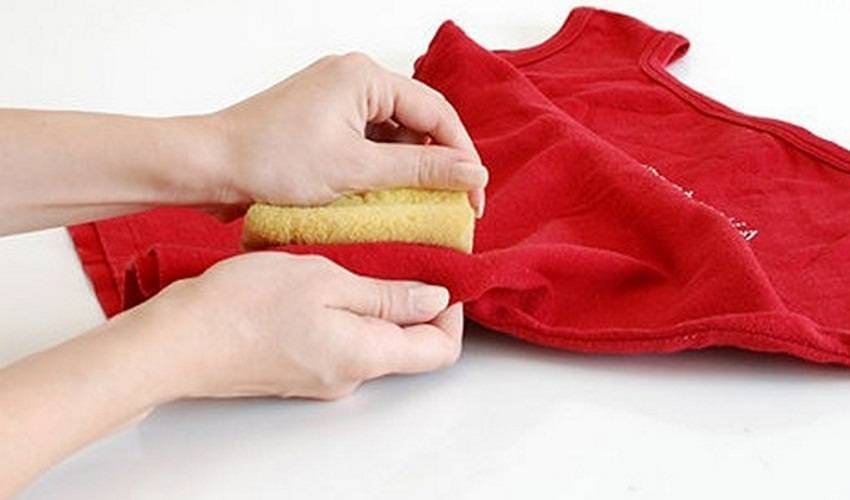
Another recipe for removing old stains: 1 part sodium tetraborate (borax, borax), 4 parts each of ethyl and ammonia (ammonia), 5 parts each of liquid laundry soap and water. Borax is a natural, safe alternative to bleach. Apply the mixture of ingredients to the contaminated area for 20-30 minutes.
With white clothes It is easy to remove dirt with ammonia. Add 10% ammonia (1 tsp) to 200 g of water. Moisten the stain generously with this solution, apply a cotton cloth folded several times on top, and steam with a warm iron.
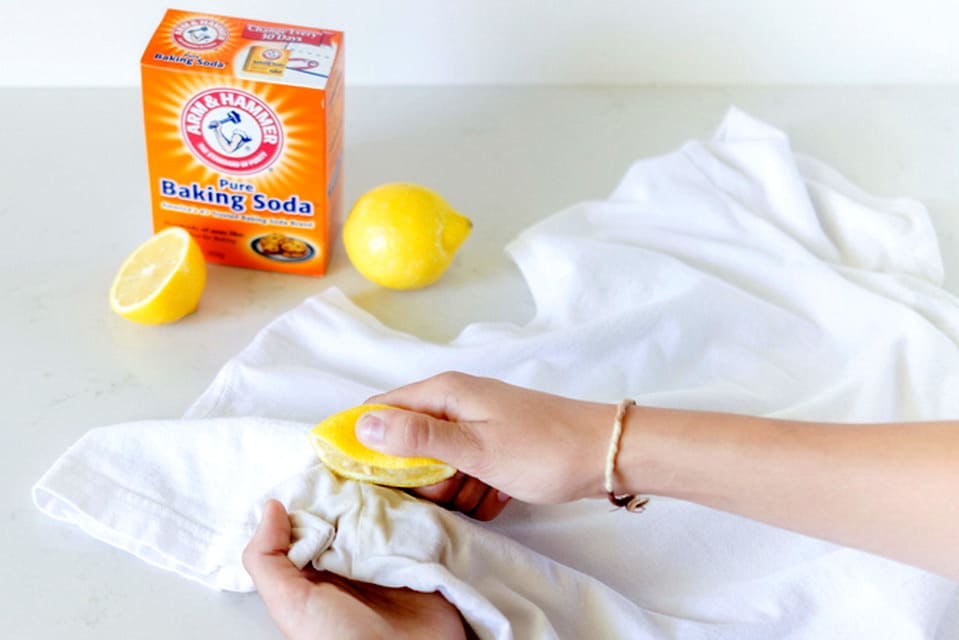
Old greasy stains from denim can be removed with organic solvents: acetone, white spirit, purified gasoline. The product is applied to a swab and applied to the area to be cleaned.
Contaminants from clothes made of delicate fabrics are easily removed with a mixture of glycerin and ammonia in a 1:1 ratio. Apply the mixture to the problem area and leave for 30 minutes. Rinse and rinse the area. It is easy to remove dirt from clothes made of silk, chiffon, wool, and velvet with shampoo for oily hair. For cotton products - laundry soap.
Removing stains with Vanish
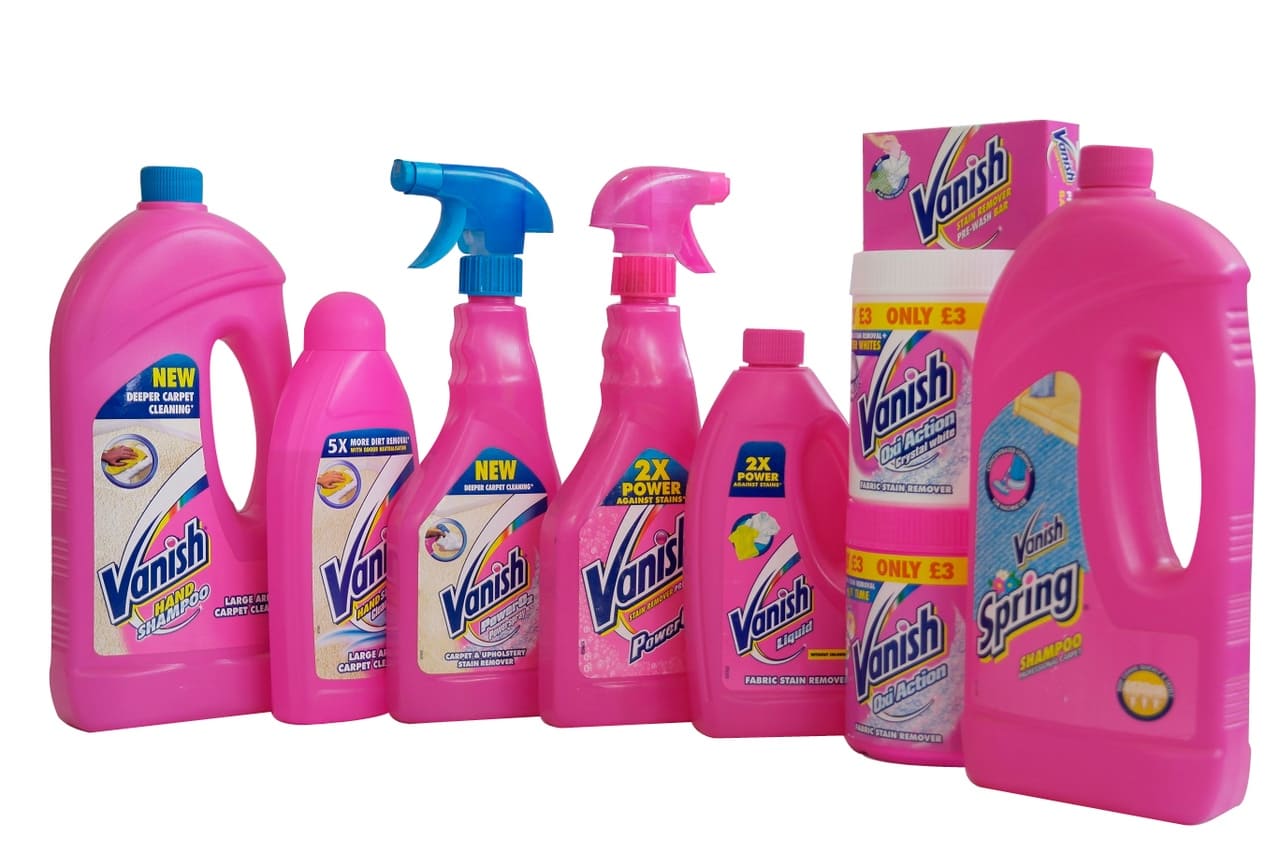
Vanish is a recognized expert in stain removal. A line of products is now being produced that can cope with almost any problematic contamination.Vanish should absolutely not be used to remove marks of various origins on silk and wool fabrics. To get rid of simple stains, powdered “Vanish” is added to washing powder during everyday washing in an automatic machine.
To remove complex stubborn stains of dirt, it is necessary to soak the entire product in a concentrated solution of the product. If the stain is not removed, then make a paste from powdered “Vanish”, apply it to the desired place and rub it into the fabric with light movements until the stain completely disappears.
Removing stains using steam generators
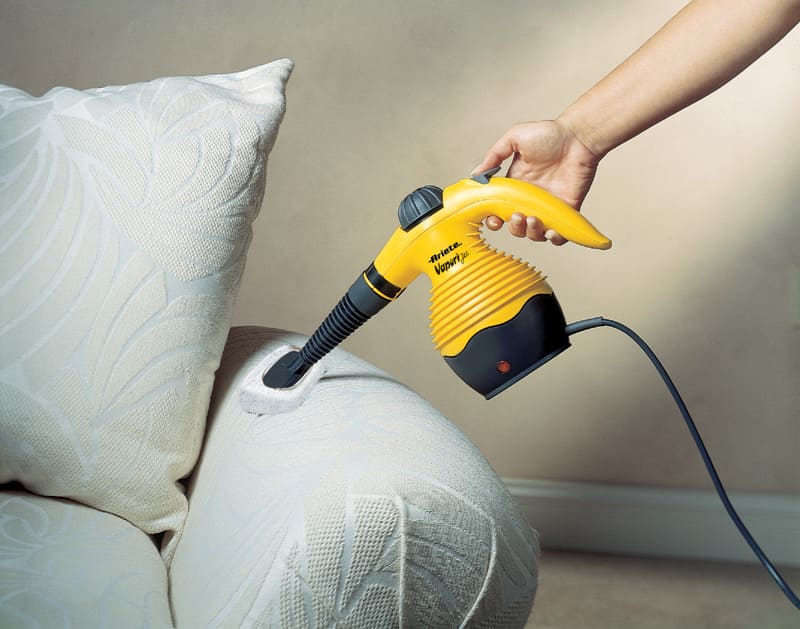
Currently, stores offer various steam generators and steam cleaners with a range of functions. These household appliances can be successfully used to remove stains from upholstered furniture, curtains, carpets, clothing, including fur coats, jackets and sheepskin coats.
Conclusion
And in conclusion, I would like to say the following: if expensive clothes are clearly stained with strong or even suspiciously incomprehensible contamination, then it is better to immediately take this item to the dry cleaner. It will be more expensive, but still better than throwing it away altogether. Removing stains at home with the obligatory washing of the product can only fix the stain, and it can no longer be removed by other means.







